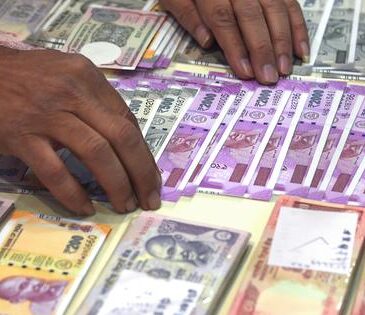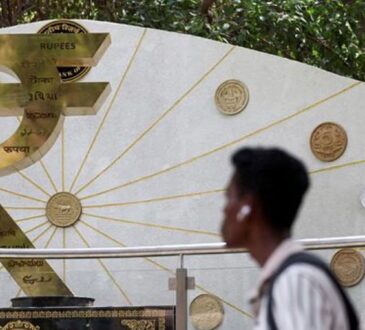
While rupee has managed to hold its ground against the dollar in 2025, it has fared far worse against other major currencies
The steep fall in the US dollar due to the trade and other administrative changes announced by the new US government has helped most emerging market currencies appreciate in 2025. But the performance of the rupee against the dollar has been much more subdued when compared with its EM peers.
The rupee recorded sharp decline in February and March 2025 to move close to the 88-mark against the greenback. But it has managed to pull back to the 85-86 range due to the 90-day pause in reciprocal trade tariffs, which has brought “some hope” and renewed stability to the currency markets, according to experts.
But despite this pullback, Indian rupee is among the weakest EM currencies in 2025. The rupee has appreciated 0.13 per cent against the dollar as on May 21, 2025. But other currencies like the Polish Zloty (+11 per cent), Taiwan Dollar (+9.07 per cent), and Brazilian Real (+8.58 per cent) posted much stronger gains. The Chinese Renminbi also put up a better show, appreciating 1.34 per cent against the dollar, so far in 2025.
While rupee has managed to hold its ground against the dollar in 2025, it has fared far worse against other major currencies. It has depreciated 8.6 per cent against the Euro, 6.7 per cent against the pound and 8.6 per cent against the Japanese yen. The appreciation in all major currencies, due to weakness in the dollar appears to have impacted their exchange rates with the rupee.
Foreign portfolio flows play spoilsport
The primary reason behind rupee’s weakness is the net foreign portfolio outflows from Indian equity markets in 2025. Foreign investors have pulled out over $10 billion from Indian equities so far in 2025. Other EMs such as China and Brazil have witnessed net inflows so far this year. Net outflows from other EMs like Turkey and Indonesia was lower than outflows recorded in India.
While Indian bond markets did record net inflows of $2.4 billion in 2025, this is lower than the $29.7 billion received by Chinese bond market and $10.3 billion received by Polish bond market.
Fears that Indian economy is going to be badly hit by Trump’s reciprocal tariffs also appears to have acted against the rupee in the first quarter of 2025.
Smoother sailing in 2024
In 2024, the rupee had depreciated 2.68 per cent against a strengthening US dollar. However, compared to the steep drops seen in other emerging market currencies such as the Brazilian real (–20.4 per cent) and Mexican peso (–18.25 per cent) — the rupee held up relatively well. This could be attributed to a more stable macroeconomic outlook and controlled volatility
Anindya Banerjee, Senior Vice President, Kotak securities, said, “Since 2020, the overall volatility in the Indian rupee has come down dramatically due to three key factors — effective RBI intervention, sound monetary policy, and macroeconomic stability. The rupee moves in response to global trends, but unlike others, our policies don’t try to artificially suppress the currency. That keeps us competitive and avoids asset bubbles. In 2024 as well, the rupee’s low volatility reflects this long-standing stability and the efficiency of RBI’s policies.”
The writer is an intern at businessline
Published on May 22, 2025




